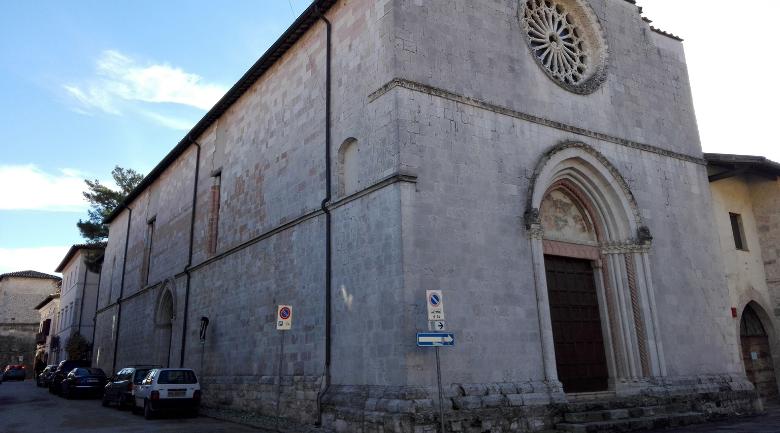The urban settlement is very compact and has a sixteenth century look about it. The historical centre has numerous palaces, built between the 16th and 17th centuries by families of several doctors in Preci. The world renowned School of Surgery stems from the medical knowledge of Syrian monks who settled in the nearby Valle Castoriana. The Sant'Eutizio Abbey was equipped with an infirmary and an important library making it one of the most important centres of its kind. The doctors in Preci specialised in ophthalmology and the surgical extraction of the kidney stones, facilitated by the tradition and their skill in the processing of pork.
In the village there is the interesting parish Church of Santa Maria and the Church of Santa Caterina.The Scacchi district is found at the top end of the village with its sixteenth century houses belonging to the Scacchi and Mensurati doctors. These are notable for their decorated portals and curious inscriptions with mottos on the lintels. A commercial centre along Valle Campiano has opened recently in the village of Preci and it is worth visiting the Church of the Madonna della Peschiera.
The local municipal area set in very impressive nature, as it extends between the Valnerina and the National Park of Monti Sibillini, both from an historical and artistic point of view with the typical hamlets of Castelvecchio, Roccanolfi and Poggio di Croce Montebufo.



























.jpg/b16a46d6-f584-4fe7-8ccb-0303c349dc8f?width=780)

.jpeg/76ca5d40-a3d4-d164-117d-386a29293907?width=780)


